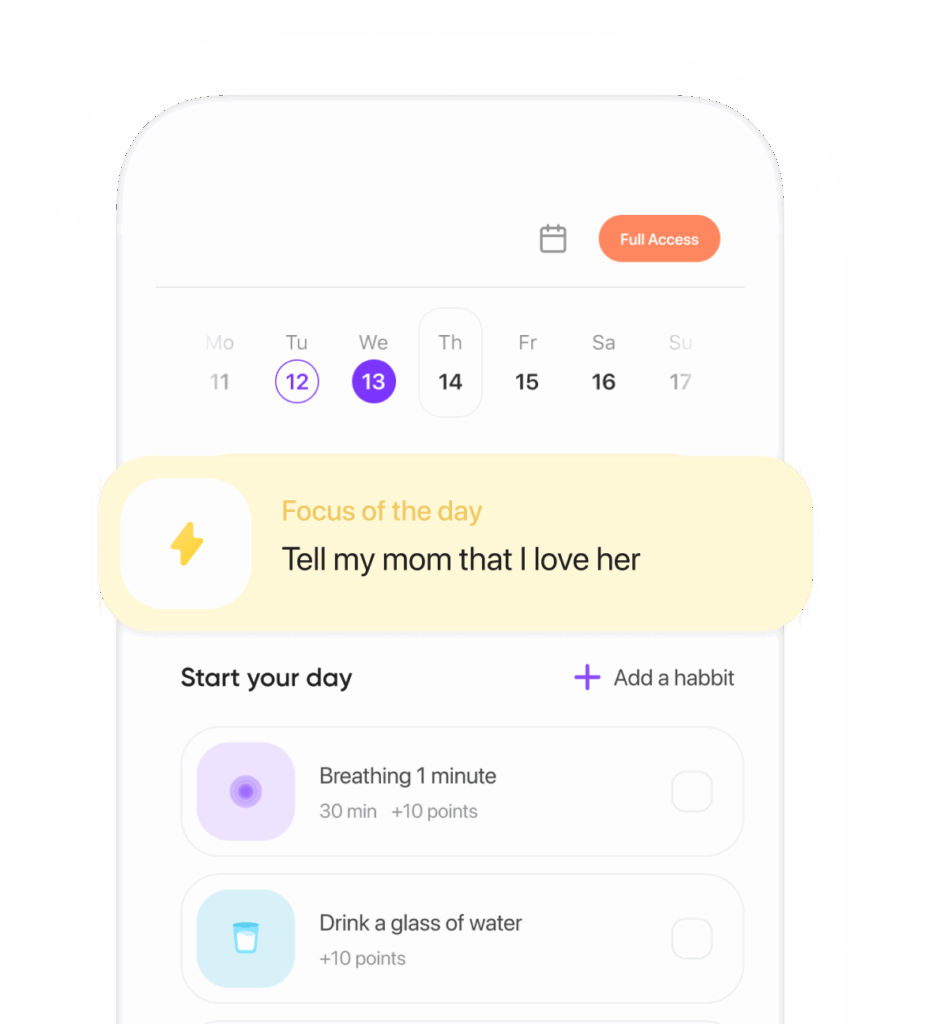Table of Contents
- Understanding Fatigue
- The Roots of Fatigue
- Why Mindfulness Matters in Recovery from Fatigue
- Mindfulness Coach Strategies for Recovering from Fatigue
- Establishing a Mindfulness Routine
- Navigating Mindfulness Practice Challenges
- Wrapping Up
- References
Understanding Fatigue
Before we rush to solutions, let’s pause and unpack what fatigue really means. It isn’t just that occasional drowsiness. We’re talking about a persistent, nagging weariness that steadily chips away at your energy and focus. Back in 2021, the American Psychological Association reported that 32% of adults felt fatigue so deeply it disrupted their daily lives. Can you imagine? (APA, 2021).
The Roots of Fatigue
There are several culprits behind fatigue, often tangled in a web:
- Physical Exertion: Pushing your body without enough rest leads to exhaustion.
- Emotional Stress: Stress sends cortisol soaring, eventually draining your energy well.
- Poor Diet: Skipping iron and B12 in your diet? Expect energy crashes.
- Sleep Disorders: Struggles like insomnia throw off your sleep’s restorative magic.
- Chronic Illnesses: Conditions like chronic fatigue syndrome and fibromyalgia have fatigue woven into their very fabric.
Why Mindfulness Matters in Recovery from Fatigue
Mindfulness isn’t just a buzzword—it’s being deeply engaged in the present moment, sans judgment. A study in the Journal of Psychosomatic Research showed that mindfulness is no wishy-washy antidote; it tangibly reduces fatigue and boosts resilience. Wondering how? Let’s unpack…
How Mindfulness Works Its Magic
- Stress Reduction: Mindfulness quells stress. Lower stress means less cortisol.
- Sleep Quality Enhancement: A calmer mind invites deeper, more replenishing slumber.
- Mental Clarity Boost: Mindfulness sharpens focus, a faculty fatigue attempts to dull.
- Emotional Regulation: Mood swings can sap energy, and mindfulness helps stabilize this.
Mindfulness Coach Strategies for Recovering from Fatigue
1. Mindful Breathing
At the heart of mindfulness practices is mindful breathing. It’s all about laser-focusing on your breath. It’s so adaptable, you could do it while lounging on your couch or in between meetings.
Practicing Mindful Breathing
- Sit or lie, find your comfort.
- Eyes closed, breathe deeply through the nose; exhale slowly via your mouth.
- Feel the gentle lift and drop of your chest.
- Mind leaping to other thoughts? Gently guide it back.
Zeidan’s study in 2010 taught us that even brief mindful breathing sessions can work wonders, significantly slashing fatigue (Zeidan et al., 2010).
2. Embodying Body Scan Meditation
Body scan meditation is a journey through your own body—mentally exploring head-to-toe, noting areas of tension with gentle curiosity.
Embarking on a Body Scan
- Recline comfortably.
- Eyes shut, inhale deeply.
- Focus on the tiniest sensations in your toes, moving upward sans judgment.
- Sensing tightness? Exhale and imagine it drifting away.
At the University of Massachusetts Medical School, they found that body scan meditation promotes profound relaxation. It nudges fatigue symptoms away (Kabat-Zinn, 1990).
3. Engaging in Mindful Movement
Adding mindful movement to routines eases fatigue by sparking vigor without overdoing it. Think yoga, tai chi, or qigong.
Perks of Mindful Movement
- Enhances Energy: Gentle movement gets the blood flowing.
- Augments Strength and Flexibility: Builds resilience over time.
- Deepens Mind-Body Harmony: Encourages a stronger, present self-awareness.
A 2015 analysis in the Journal of Clinical Psychology indicated reduced fatigue and a mood uplift from mindful movement (Smith et al., 2015).
4. Practicing Gratitude Journaling
Shifting focus from fatigue to gratitude can unlock emotional uplift and well-being.
Starting a Gratitude Journal
- Note down three grateful moments daily.
- Reflect on what makes them precious.
- Be specific—feelings count more than facts.
A study from the Journal of Happiness Studies revealed that gratitude journaling nurtures a rosy outlook and less fatigue (Emmons & McCullough, 2003).
5. Cultivating Mindful Eating
Mindful eating transitions eating from habit to deliberate appreciation, moderating habits and digestion, thus keeping energy up.
Tips for Mindful Eating
- Let distractions like screens stay off the table.
- Notice each bite’s taste, texture.
- Chew slowly, aiding digestion.
- Heed hunger and fullness signals.
Warned against mindless chowing? Kristeller and Wolever in 2011 found mindful eating perks up diet and energy (Kristeller & Wolever, 2011).
6. Embracing Digital Detox
Digital devices—perpetual fatigue and stress sources. Does the irony of swiping fatigue away escape you?
Navigating a Digital Detox
- Designate set times for emails and social media.
- Declare tech-free zones—sanctuaries in your home.
- Enjoy offline—for reading, gardening, hobbies.
- Dare to spend whole days—weeks even—unplugged.
Journal of Social and Clinical Psychology’s findings urge us: Lower screen time leads to happier, fresher minds (Twenge & Campbell, 2018).
Establishing a Mindfulness Routine
A solid mindfulness routine can unleash profound fatigue recovery. Here’s a starter recipe for you:
- Morning Ritual: Mornings commence with 5–10 minutes of mindful breathing.
- Midday Break: Blend in mindful movement or sneak in a quick body scan.
- Evening Wind Down: End with gratitude journaling and digital detox time.
Navigating Mindfulness Practice Challenges
Consistency can be a tricky companion here’s how to keep it on your side:
- Set Realistic Goals: Ease in with short durations, then lengthen with time.
-
Ready to transform your life? Install now ↴
Join 1.5M+ people using AI-powered app for better mental health, habits, and happiness. 90% of users report positive changes in 2 weeks.
